Recently published books
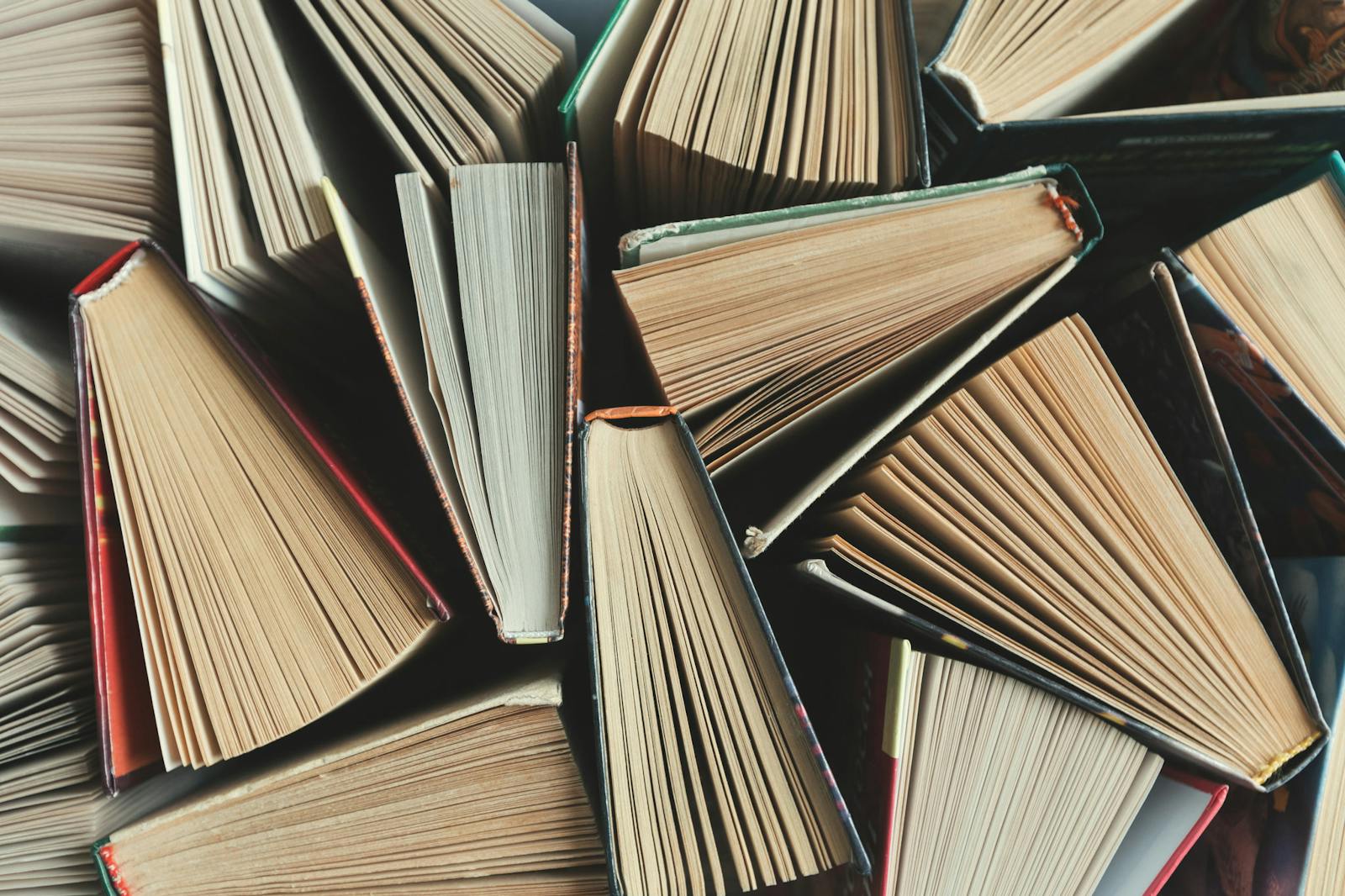
Since research and books are so important to us. We will add recently published books or musthaves on this page for you to stay, just like us, updated in the Book World of Chinese Art!
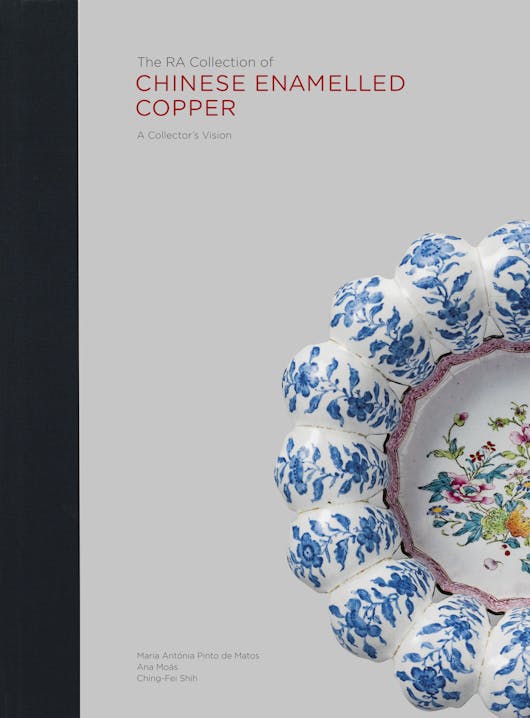
The RA Collection of Chinese Enamelled Copper. A Collector’s Vision (Volume V) by Maria Antónia Pinto de Matos, Ana Moás, Ching-fei Shih
The fifth volume ofThe RA Collectionis the first in the series to depart from ceramic to other fields of cross-cultural art.The RA Collection of Chinese Enamelled Copper. A Collector’s Vision focuses on pieces made of enamelled copper which were produced in parallel with Chinese porcelain during the 18th and early 19th centuries. As its predecessors, this book illustrates highlights from the collection, works of art representative of the meeting of Eastern and Western cultures in the modern era. Each piece has been carefully selected by the collector, Renato de Albuquerque, ensuring that the overall collection can serve as a source for the study and furthering of knowledge in the field.
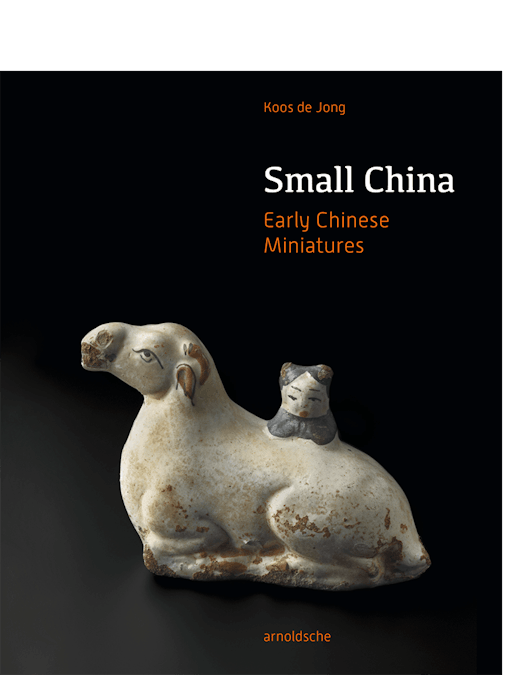
Small China - Early Chinese Miniatures by Koos de Jong
Small China presents Chinese miniatures from 5,000 BCE up to the 15th century. The pocketsize representations of supernatural beings, people, animals, or everyday objects are virtually uncharted in East Asian crafts — even in China, these objects in jade, bronze, ivory, and porcelain are little known. Koos de Jong explores their arcane meanings and traces their production and the market for such treasures, which, contrary to official secular and religious art, include those devoted to taboo subjects such as erotica or humor. The miniatures had many different functions, from insignia, fetishes and devotional objects to burial gifts or toys. They could express good wishes or even serve as bribes. A rare glimpse into the everyday life of ordinary people and into Chinese handicrafts from thousands of years ago!
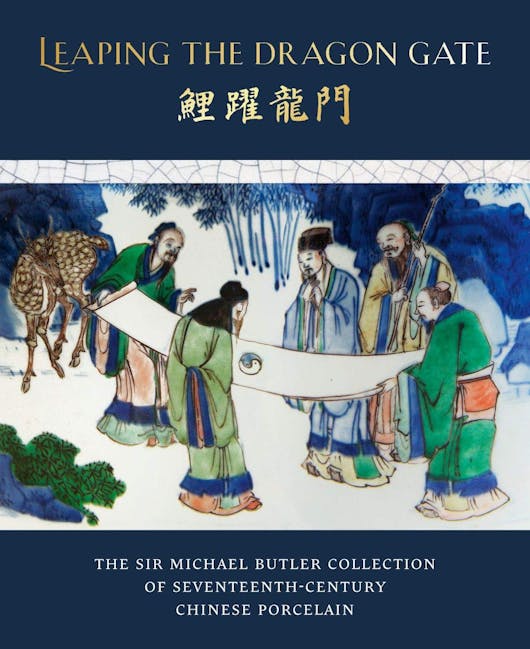
Leaping the Dragon Gate by Teresa Canepa & Katharine Butler
This book celebrates the most important collection of 17th-century Chinese porcelain in the world, assembled by the distinguished British diplomat Sir Michael Butler. His passion for porcelain is clearly reflected in the over eight hundred pieces he collected and lived with at his home and private museum in Dorset. The pots (as Sir Michael called them), many of extreme rarity or exquisite quality, give testimony to the incredible depth of knowledge he acquired over five decades and his outstanding contribution to research and education in this previously neglected field of study. This lavish and comprehensive collection covers most types of porcelain produced at Jingdezhen, in Jiangxi province, during the 17th century. The variety of the pieces carefully acquired by Sir Michael reflects the great innovative spirit of the highly skilled Jingdezhen potters and painters at a time when they were released from the controls of Imperial patronage, between the end of the reign of the Ming Emperor Wanli in 1620 and the re-establishment of the Imperial kilns by the Qing Emperor Kangxi in 1683. It is a study collection of porcelain unrivalled in its breath and rarity that demonstrates the stylistic and qualitative evolution which occurred in Chinese porcelain production during the 17th century.
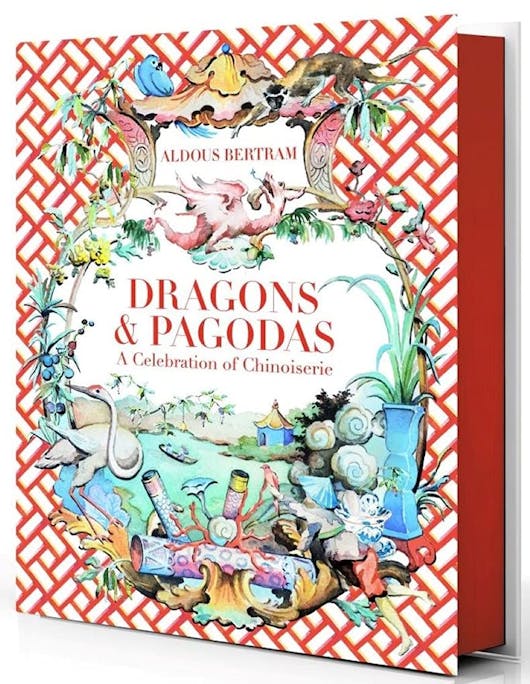
Dragons & Pagodas: A Celebration of Chinoiserie by Aldous Bertram
Chinoiserieis a term for Western art and design inspired by a largely invented vision of China. Marco Polo’s sensational account of his visit to the exotic East in the 13th century sparked a fascination with China that reached a fever pitch in the 18th century and continues to this day. Art historian and artist Aldous Bertram has long been captivated by chinoiserie.Dragons & Pagodasis organized by theme, including porcelain, color and pattern, flora, fauna, and architecture. Each chapter is bursting with images ranging from grand European summer palaces and whimsical pagoda follies to charming details of screens, porcelain figurines, and ornate plasterwork. Complete with Bertram’s own chinoiserie-inspired watercolors and collages,Dragons & Pagodasis an irresistible confection and an example of chinoiserie in its own right.
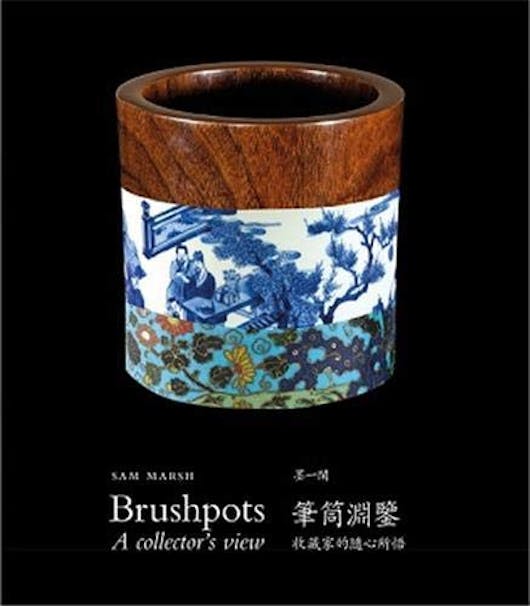
Brushpots: A Collector's View by Sam Marsh
This book combines some of the rarest and most exquisite brushpots of over 100 pieces made from Huanghuali, Zitan wood, rosewood, the burl wood, bamboo, cypress wood, glass, ivory, cinnabar lacquer, porcelain, Cloisonné, bronze with inlaid silver. Worth the read!
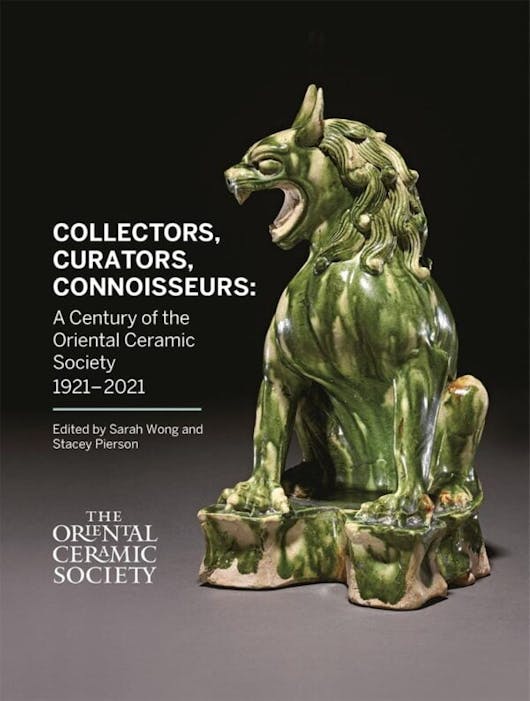
Collectors, Curators, Connoisseurs
We would like to congratulate the fabulous The Oriental Ceramic Society with their centenary!
Their centenary exhibition 'Collectors, curators, connoisseurs: A Century of the Oriental Ceramics Society' opens next month in the Brunei gallery
(15 October - 11 December).
The exhibition is accompanied by a fully illustrated catalogue, which is out now and can already be ordered on their website. The catalogue is edited by Sarah Wong and Stacey Pierson includes both English and Chinese captions.
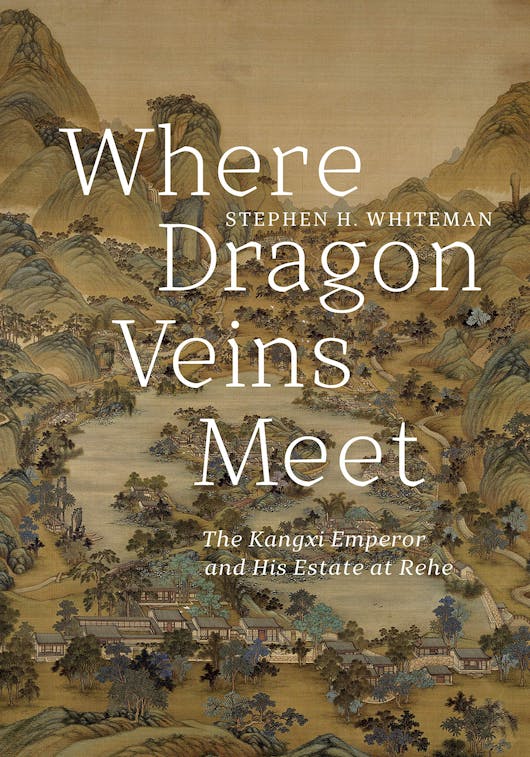
Where Dragon Veins Meet: The Kangxi Emperor and His Estate at Rehe by Stephen Whiteman
In 1702, the second emperor of the Qing dynasty ordered construction of a new summer palace in Rehe (now Chengde, Hebei) to support his annual tours north among the court's Inner Mongolian allies. The Mountain Estate to Escape the Heat (Bishu Shanzhuang) was strategically located at the node of mountain "veins" through which the Qing empire's geomantic energy was said to flow. At this site, from late spring through early autumn, the Kangxi emperor presided over rituals of intimacy and exchange that celebrated his rule: garden tours, banquets, entertainments, and gift giving.
Stephen Whiteman draws on resources and methods from art and architectural history, garden and landscape history, early modern global history, and historical geography to reconstruct the Mountain Estate as it evolved under Kangxi, illustrating the importance of landscape as a medium for ideological expression during the early Qing and in the early modern world more broadly. Examination of paintings, prints, historical maps, newly created maps informed by GIS-based research, and personal accounts reveals the significance of geographic space and its representation in the negotiation of Qing imperial ideology. The first monograph in any language to focus solely on the art and architecture of the Kangxi court, Where Dragon Veins Meet illuminates the court's production and deployment of landscape as a reflection of contemporary concerns and offers new insight into the sources and forms of Qing power through material expressions.
'A room without books is like a body without a soul'
—Cicero
Thank you for enquiring about this artwork. Please enter the form below and we will contact you swiftly.